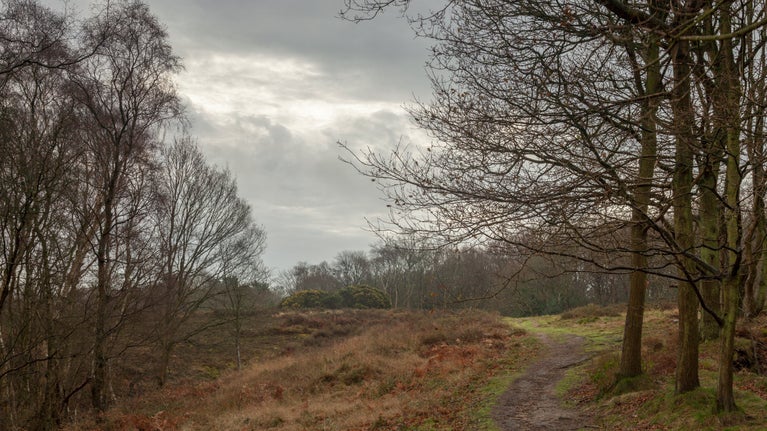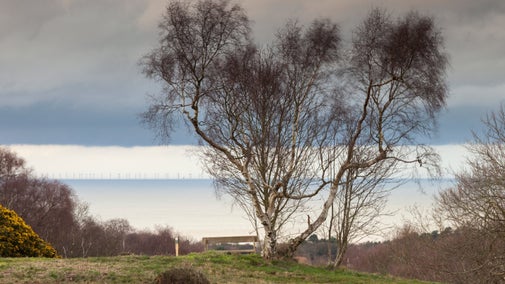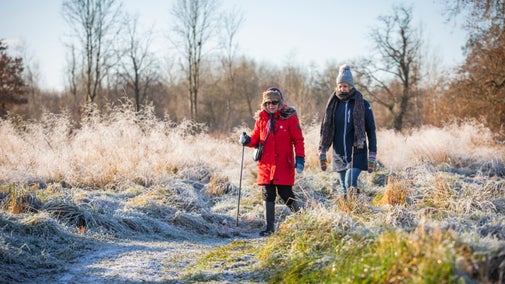West Runton circular walk
Norfolk
Explore the beautiful West Runton and Beeston Regis Heath on this circular walk near the North Norfolk coast. The trail features plenty of fascinating plants and wildlife to discover, and those who walk it will find great views of the sea and the surrounding countryside from the summits of Beacon and Stone hills. The route also passes the mysterious 'Roman Camp' earthworks.
Start point
National Trust car park off Sandy Lane, grid ref: TG184414Trail information
Get in touch
Our partners

We’ve partnered with Cotswold Outdoor to help everyone make the most of their time outdoors in the places we care for.
You might also be interested in
Things to do at West Runton and Beeston Regis Heath
Discover what you might see on your visit to West Runton and Beeston Regis Heath, from sea views to wildlife such as nightjars, buzzards, badgers and white admiral butterflies.

Visiting West Runton and Beeston Regis Heath with your dog
Dogs are very welcome at West Runton and Beeston Regis Heath. Find out the things to be aware of when you visit, the facilities available for your dog and more.

Staying safe at National Trust places
The special places in National Trust care sometimes come with a few risks for visitors, be it coastline or countryside. Find out how to keep safe throughout your visits.

Follow the Countryside Code
Help to look after National Trust places by observing a few simple guidelines during your visit and following the Countryside Code.

Cotswold Outdoor: our exclusive walking partner
Learn about the National Trust’s ongoing partnership with Cotswold Outdoor. Find out how they help us care for precious places and the exclusive discount available for National Trust supporters.

Walking in Norfolk
Discover the best walks around Norfolk, from a stroll around the estate at Blickling to a bracing trek on the Norfolk Coast Path.

Walking
Explore some of the finest landscapes in our care on coastal paths, accessible trails, woodland walks and everything in between. Find the best places to walk near you.



